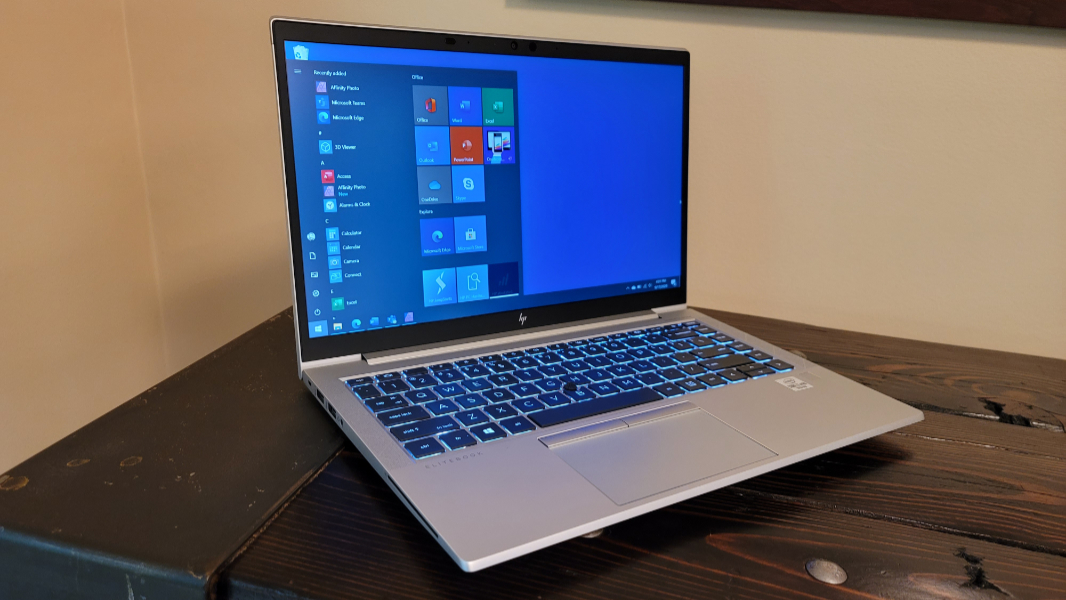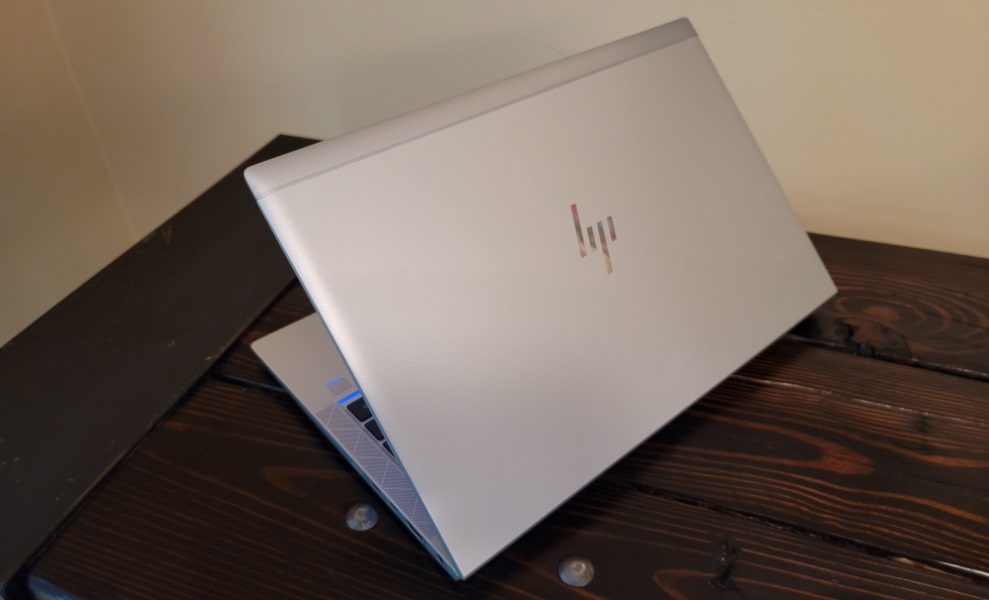HP EliteBook 840 G7 First Impressions
- Paul Thurrott
- Sep 17, 2020
-
22

The new HP EliteBook 840 could be the perfect business-class laptop for the pandemic, with better performance and efficiency. It can even withstand being sanitized with normal household wipes.
As some of you may know, I’ve long been a fan of HP’s EliteBook series, but I haven’t actually reviewed one since last year: That was the EliteBook x360 1040 G5, a convertible laptop that is among the very best I’ve ever reviewed, with a nearly-flawless typing experience that I still use as my baseline for other reviews.
Windows Intelligence In Your Inbox
Sign up for our new free newsletter to get three time-saving tips each Friday — and get free copies of Paul Thurrott's Windows 11 and Windows 10 Field Guides (normally $9.99) as a special welcome gift!
"*" indicates required fields

Flash forward to 2020 and the new EliteBook 840 is a familiar and similar PC, from build quality and features perspectives. But it’s also slightly different in that it is a traditional laptop and not a convertible. And while those who are familiar with HP’s model number schemes may already realize this, the EliteBook 840 (like the 1040) sports a 14-inch display, which I prefer. But HP also sells a 13-inch version of this laptop, called the EliteBook 830, for those who prefer a bit more portability over screen size.

The other notable high-level point is that HP wisely outfits its business-class offerings with a smart combination of new and legacy ports, which I still prefer. In this case, it means that the EliteBook 840 arrives with one Thunderbolt 3/USB-C port, one USB-C port, two full-sized USB-A ports, one HDMI video-out port, and a nano-SIM card slot for cellular connectivity.

Compared to its predecessor, the 7th-generation EliteBook 840 shaves off both inches and ounces, with a 9 percent smaller footprint overall and 20 to 39 percent thinner display bezels, depending on which edge you’re looking at. It’s the first EliteBook 840 to weigh under 3 pounds—2.96 pounds to exact—and HP now anodizes the CNC aluminum body to provide twice the abrasion protection of any of its competition (according to HP).

That latter improvement also provides an interesting COVID-era benefit: The EliteBook 840 body and keyboard keys have been sanitizer hardened so that they can withstand 1,000 disinfection cycles with normal household wipes. This protection is also useful for normal fade and stain protection against such common enemies as alcohol, crayons, ink, and lipstick, too, HP says.
From a design perspective, the EliteBook 840 is, as noted, familiar, and I happen to really like the non-assuming, all-business looks of this product line. But there’s one minor change that makes a big difference: The front edges of the device—on the display lid and the keyboard deck—are now angled inward. This has two neat side-effects: It’s easier to open the lid, and the deck edge no longer feels sharp on your wrists; it’s much more comfortable. On the flip side, those edges are now sharper when the lid is closed: You may want to carry it from the other side.

The keyboard appears to be very similar to that of the EliteBook x360 1040, with the same smallish and quiet rubber-domed keys and island design.

But here, too, there’s a difference and it’s kind of an anachronistic one: In addition to the glass precision touchpad, which is also on the small side, the EliteBook 840 provides a nubbin mouse pointer, similar to that on ThinkPads, between the G, H, and B keys, and two hardware buttons. Interesting.

Speaking of the keyboard, it has my preferred layout, with the Home, PgUp, PgDn, and End keys in a column on the far right.

And instead of the HP Collaboration keys, which I never used, it features a single programmable key, which can be customized launch up to four different app or commands (when used with modifier keys like Ctrl), and a power button/key to the left of the Delete key where it belongs. Perfect.

It also supports Windows Hello-based authentication via facial recognition and a fingerprint reader, which I find to be the optimal configuration. And there are two top-firing stereo speakers plus 2 front-facing microphones and one rear-facing microphone. The HD webcam is wide-angle and comes with a privacy shutter.

The EliteBook 840 is powered by 10th-generation Intel Core U-series processors (i5 or i7), 8 or 16 GB of RAM, and 256 GB or more of NVMe Gen3 x4 SSD storage. There are two 1080p display panel options, one at 250 nits of brightness and one at 400 nits.
Prices start at $1350 for a model with a Core i5, 8 GB of RAM, 256 GB of storage, and the 250 nit display. The review unit has a Core i7-10810U processor, 16 GB of RAM, and 512 GB of storage, plus the upgraded 1080p display and the cellular data, and costs $2200.
More soon.